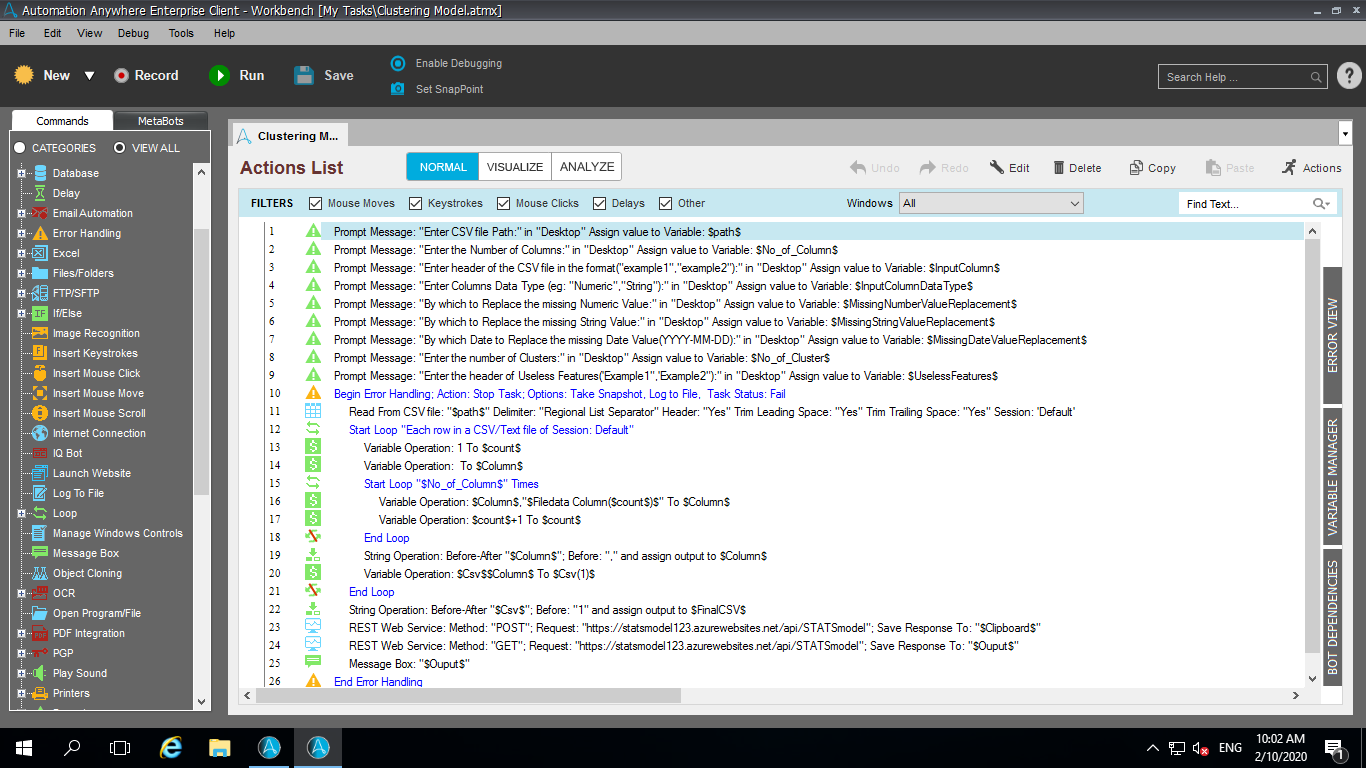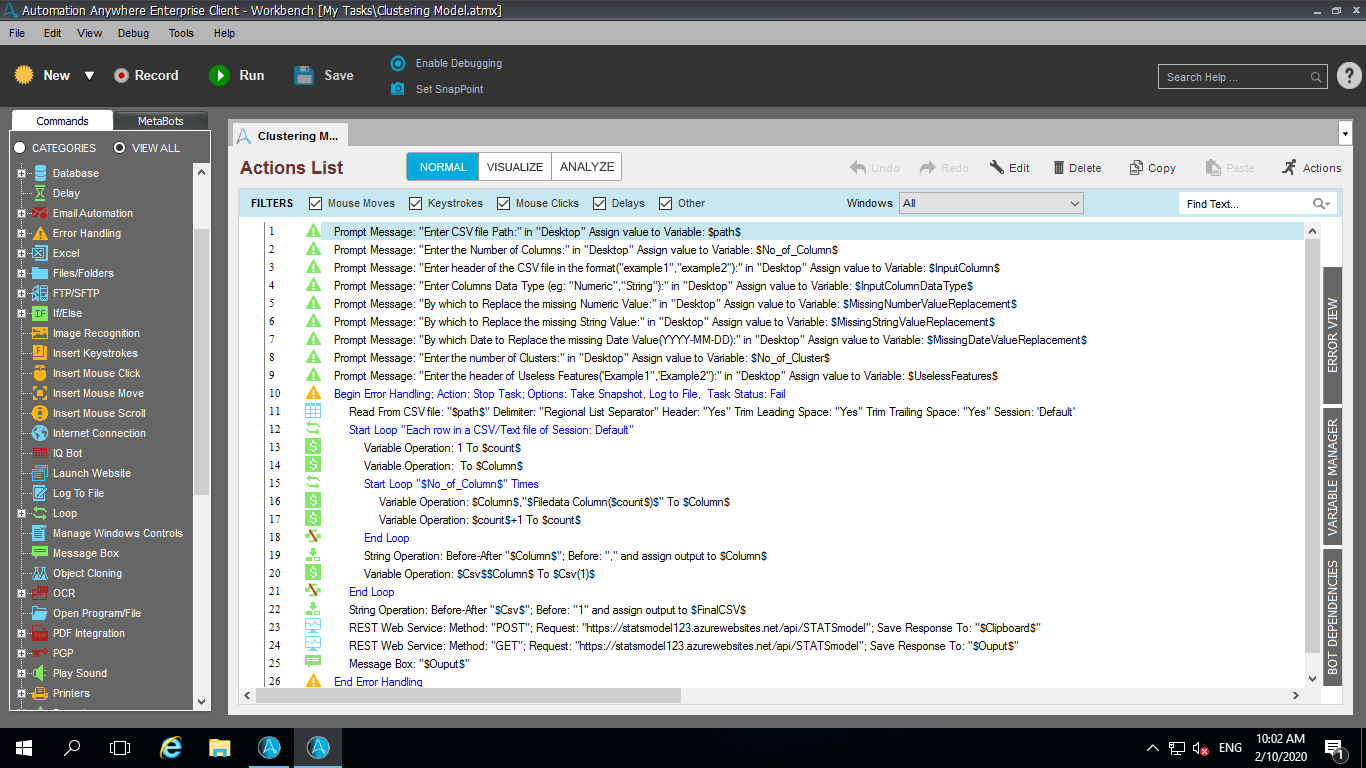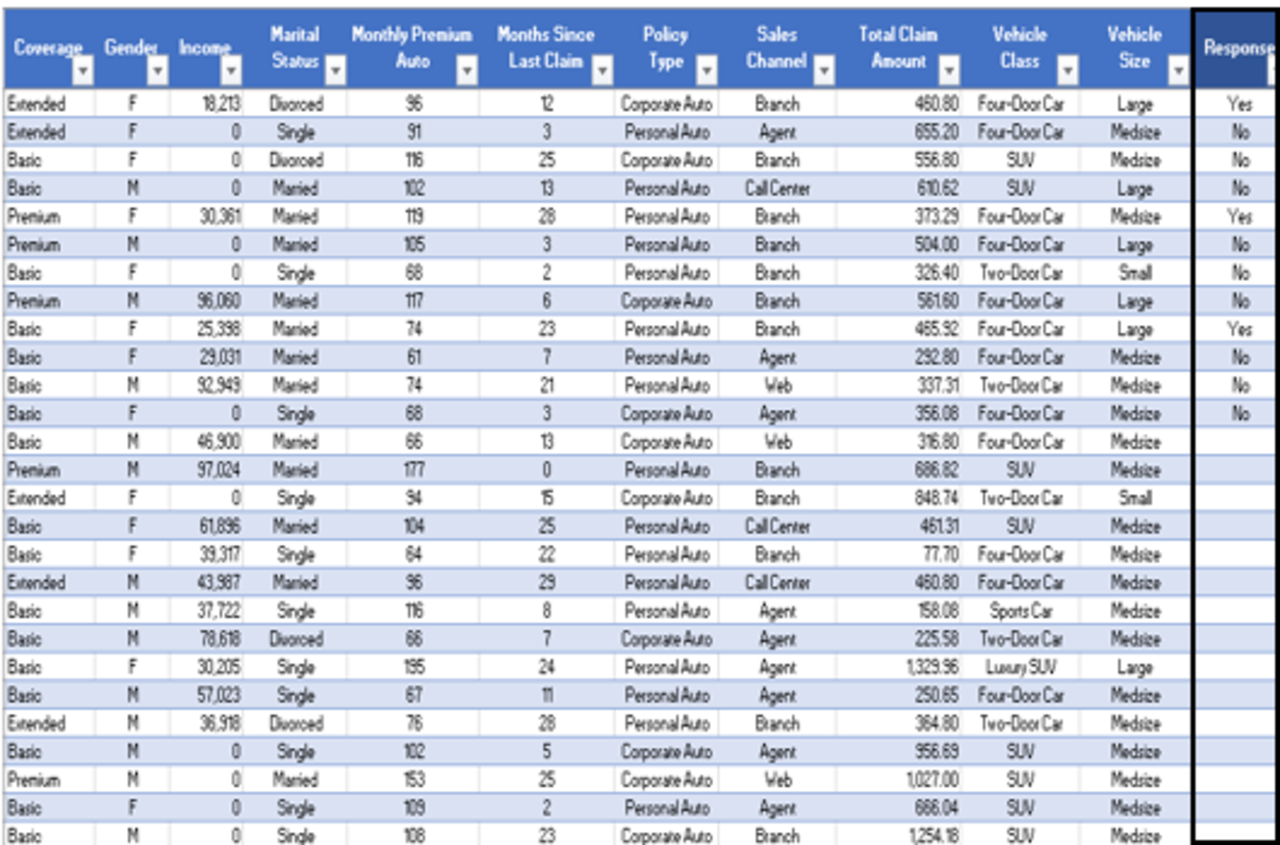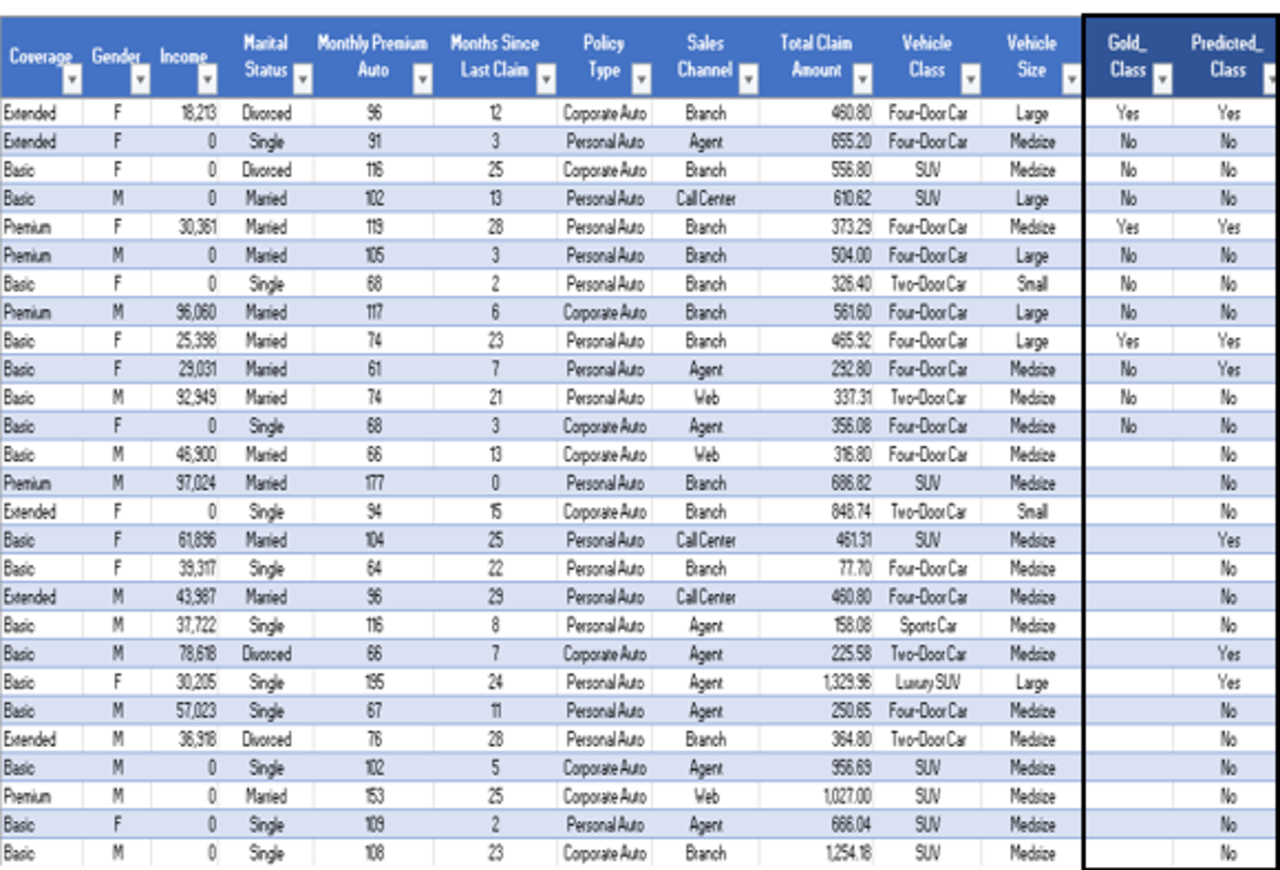Support Vector Machine
Enable developers to create automations to classify large volume, high dimensional data to solve business classification problems
Top Benefits
- Increase Productivity: the Support Vector Machine Model helps in incrase analytics efficiency by 30%.
- Quantitative Customer Preference : Analyze the polarity of customer preferences for targeting.
- Zero Maintenance: Model is provided as SaaS using serverless function architecture of Microsoft Azure.

Tasks
- Support vector machines (SVMs) are powerful, yet flexible supervised machine learning algorithms.
- SVMs are extremely effective in their ability to model complex problems using non-linear classification
- The bot ingests labeled input data in CSV file and performs the SVM-algorithm-driven classification.
Support vector machines enable developers to quickly make predictions using high dimensional data to solve business classification problems. Using the Support Vector Machine bot, developers can be empowered to make fast and accurate predictions for things like target customer/survey response rates as demonstrated by the included bot.
Outputs:
Output: Excel file
Binary class prediction output
Ex: The below the example shows the two classes explained below:
○ Gold_Class: This column is taken as the predicted target
○ Predicted_Class: This tells us the response of the customer
Free
- Applications
-

- Business Process
- Finance & AccountingMarketingSales
- Category
- Cognitive AutomationInsightsProductivity
- Vendor
- Automation Type
- Bot
- Last Updated
- November 19, 2020
- First Published
- June 26, 2020
- Platform
- 11.x
- Community Version
- 11.3.1
- Support
-
- Nextgen Invent Corporation
- Mon, Tue, Wed, Thu, Fri 9:00-17:00 UTC+0
- 508-753-1512
- bot.support@nextgeninvent.com
- Bot Store FAQs
- Bot Security Program
-
 Level 1
Level 1
Setup Process
Install
Download the Bot and follow the instructions to install it in your AAE Control Room.
Configure
Open the Bot to configure your username and other settings the Bot will need (see the Installation Guide or ReadMe for details.)
Run
That's it - now the Bot is ready to get going!
Requirements and Inputs
- Path: Path of the CSV file.
- NoOfColumn: Number of Columns in the CSV file.
- InputColumn: Header of the input columns of the CSV file.
- InputColumnDataType: Data Types of the input column (Available datatype: Numeric, String, Date).
- MissingNumberValueReplacement: By which value you have to replace the missing number values.
- MissingStringValueReplacement: By what string you have to replace the missing string values.
- IgnoreColumns: header of the Columns which you have to ignore in the model.






